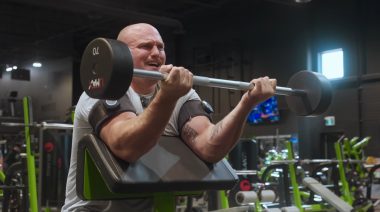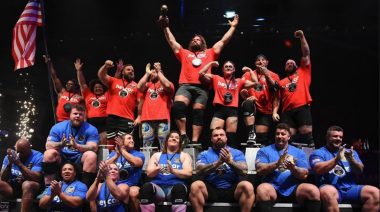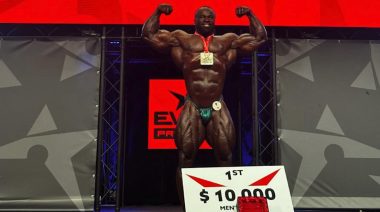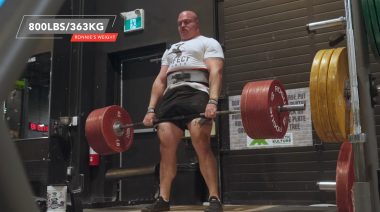An interesting study review article in Nature, The Degree of Frailty as a Translational Measure of Health in Aging, looks at the impact of the different levels of frailty and their effect on aging, particularly whene it comes to late-life diseases.
An interesting study review article in Nature, The Degree of Frailty as a Translational Measure of Health in Aging, looks at the impact of the different levels of frailty and their effect on aging, particularly whene it comes to late-life diseases.
Sounds boring, but it is not because physical exercise, the stuff that gets a Pulse Beat Fit types excited, is a lifestyle factor that can change the game.
Frailty has a clinical definition, and it is a term that covers a range of symptoms that make older people vulnerable to injury and death. It is not a disability and it is not comorbidity.
People may have frailty with other conditions, or morbidities, but they may also be frail without any morbidity, not need medical intervention, but likely to require care even with minor illnesses.
Examining frailty, in animals and humans, can lead to better measures of its degree of impact and provide a better understanding of the diseases of old age.
But, you don’t want to get to an older age and realize the measures of frailty for yourself. Lifestyle and social factors play a role in determining frailty as you age.
High-fat diets, socio-economic issues, poor maternal health, radiation therapy, low social position, and lack of personal wealth all play a part in maing frailty worse.
On the other hand, a balanced diet, caloric restriction, eduction, social engagement, personal wealth, and physical exercise can keep you fit. Which begs the question, who are personal trainers ($55-$200 an hour) and box gyms (+$100 a month) really targeting?
It seems like the real need is among those that don’t have the means or the neighborhoods where you’ll find a lot of Lululemon leaisurewear.
Summary
Title: The degree of frailty as a translational measure of health in aging
Date: August, 2021
DOI: 10.1038/s43587-021-00099-3
Abstract: Frailty is a multiply determined, age-related state of increased risk for adverse health outcomes. We review how the degree of frailty conditions the development of late-life diseases and modifies their expression. The risks for frailty range from subcellular damage to social determinants. These risks are often synergistic—circumstances that favor damage also make repair less likely. We explore how age-related damage and decline in repair result in cellular and molecular deficits that scale up to tissue, organ and system levels, where they are jointly expressed as frailty. The degree of frailty can help to explain the distinction between carrying damage and expressing its usual clinical manifestations. Studying people—and animals—who live with frailty, including them in clinical trials and measuring the impact of the degree of frailty are ways to better understand the diseases of old age and to establish best practices for the care of older adults.
Main Purpose: A review of the nature of frailty, and how degrees of frailty can be used as a measure of health. An exhortation to researchers to do more clinical research of both animals and humans with the notion that this may lead to better predictive assessments of longevity and morbidity.
Research Type: Journal Article
Findings Indicate: Physical exercise moves the dial on frailty and moving the dial on frailty can change the predictions about longer term health and mortality.
Limitation: None






